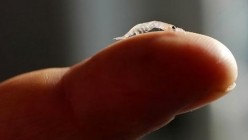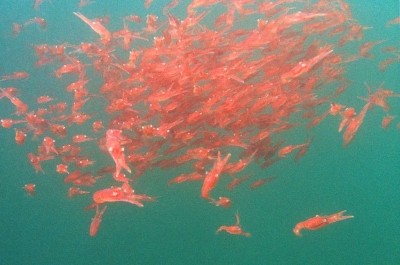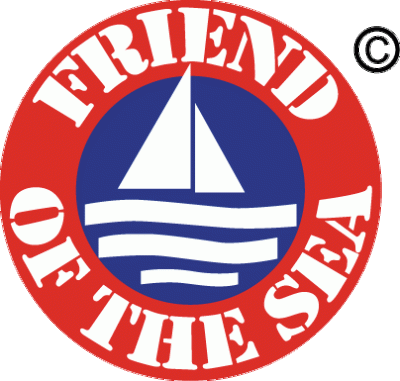WWF backs krill fishery as new data and better harvest methods surface
This content item was originally published on www.nutraingredients.com, a William Reed online publication.

While NGOs like Greenpeace remain ideologically opposed to any kind of Antarctic commercial fishing activity, others like the Marine Stewardship Council (MSC) and the World Wildlife Fund (WWF) have backed a fishery that to date has never caught more than a third of an established 620,000-tonne upper limit.
Karoline Andaur, head of the marine programme at the World Wildlife Fund Norway, said the fishery was one of the world’s best managed, a position she said was not compromised by the fact the WWF receives funding from the biggest fish in the Antarctic krill pool – Aker Biomarine.
“So we get economic funding every year that goes to the WWF Norway in general to make sure that we have the capacity and resources to work with Aker Biomarine in the best way possible to make sure they fulfill their commitments and targets which we have made through our partnership,” Andaur said.
“Our partnership agreement isn’t worth anything if we don’t work to real measurements to improve the fisheries.”
She said new data was demonstrating the ongoing sustainability of the fishery, information that would be sent to retailers like Whole Foods in the US who in 2010 removed krill products from its shelves over sustainability concerns.
Shane Starling’s visit to Norway was funded by Aker Biomarine.














